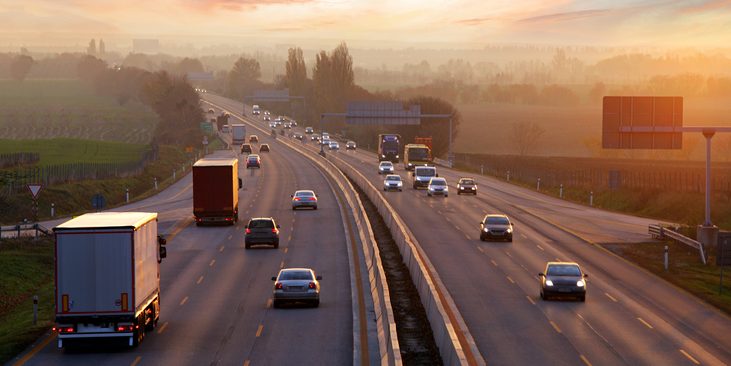Thanks to our many devices, we live in a connected world where we can access and manage our lives with one touch.
But what if these connected devices could also solve greater, communitywide challenges like transportation and traffic? With the Internet of Things (IoT) you can change the way your government operates and how it positively impacts your community’s security and operations.
State and local governments are undergoing digital transformation and seeing the benefits in IoT. So how can your community join the digital revolution? How do you invest in IoT in a secure fashion that lets you protect data and users? GovLoop sat down with a group of experts to discuss best practices for securely digitizing your community.
The speakers were:
- James A. Barna, Project Engineer, Chief Engineer & Assistant Director of Transportation Policy at Ohio Department of Transportation (DoT)
- Andrew Bremer, Deputy Director of Strategic Initiatives and Programs at Ohio DoT
- Rebecca Chisolm, Director of Smart + Connected Programs at Cisco
- Michelle Maggiore, Smart and Connected Communities (S+CC) Transportation Consultant at Cisco
The focus of the online training was on transportation, which is a good lens to view digital transformation success. Among the most successful implementations, here are some key best practices of a connected government.
Collaboration between IT and businesses is crucial. Between the two, perceptions vary, where IT executives tend to focus more on technologies, expertise and vendors. Business executives place more importance on strategy, business cases and processes and outcomes. “The blurring of lines is critical,” Chisolm said. IoT collaboration among IT and business executives is big, where planning requires both internal and external partnerships.
“IoT is a key driver,” Maggiore said. In the case of transportation, this means improved performance — from lower operational and maintenance costs to increased safety. Barna recommended involving a variety of people in discussions about IoT projects. For example, Ohio’s DoT included various departments during discussions, including regulatory personnel and law enforcement.
Support a technology focused culture. By 2020, 90 percent of all vehicles and 30 billion devices will be connected, thanks to IoT. “The Internet of Things is nearly as indispensable as the Internet itself,” Chisolm said. IoT is dramatically accelerating the pace of innovation in transportation. With IoT, transportation departments can operate systems more efficiently and effectively, target pollution and emissions, and improve the safety of vehicles. For instance, one of the most important aspects of improving transportation systems is being able to extract real- time data.
Study infrastructure. Access existing infrastructure and understand the network as it is. Document its technical capabilities and come up with an implementation journey. Specific tasks include providing wide area network backhaul and securing sensors. “Reconsider what you think of as infrastructure,” Maggiore said. Make sure you gather input and evaluate the current laws and regulations in order to prioritize deployment of technology. Also, keep in mind the constituent experience and develop a method that doesn’t force you to shut down critical systems if something goes awry. Instead, you should be able to troubleshoot while still providing some level of service.
Use data. “Big data is really key to the evolution,” Maggiore said. With the growing amount of data, comes the need to figure out where it all must go. That’s why agencies should consider technologies such as cloud. Barna and Bremer discussed how Ohio’s DoT uses sensor data on highways that collects information from cellphone GPS to traffic patterns. Take advantage of different applications that can be developed not just for transportation departments but for other sectors as well.
Ohio’s IoT success relies on leveraging the right tools, which is key for any agency — regardless of their mission. With IoT, government organizations can connect with their community and improve the lives of its citizens. “Technology has the chance to revolutionize our lives and essentially allow us to focus on the things we want to do,” Chisolm said.






Leave a Reply
You must be logged in to post a comment.